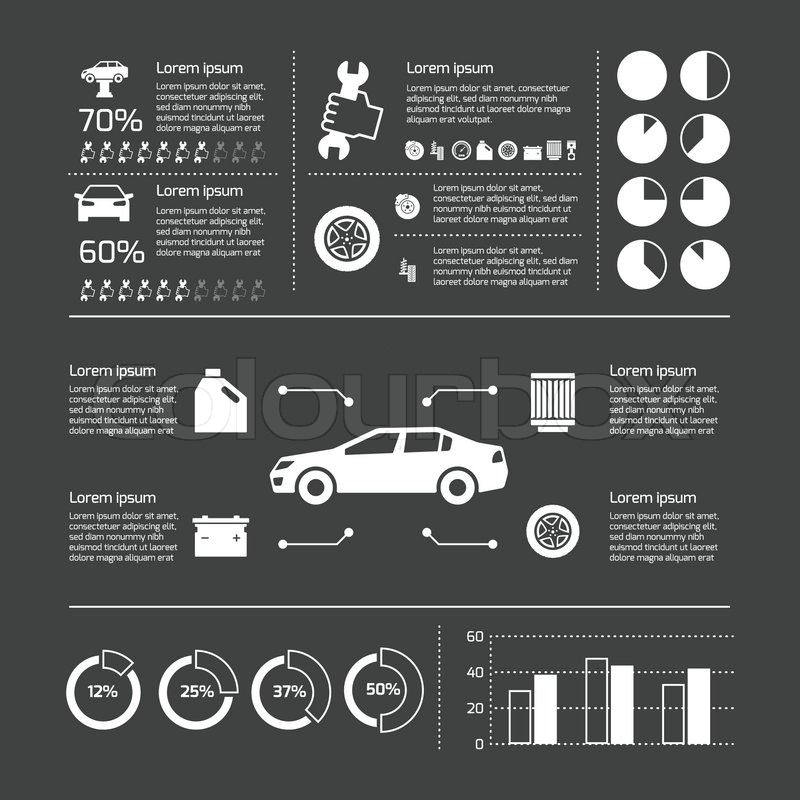When you're behind the wheel, those beautiful caution lights on your dashboard can be a bit bewildering. Do you understand what they're attempting to tell you regarding your automobile's health? Recognizing the importance of these lights is essential for your safety and the longevity of your vehicle. So, the following time one of those lights pops up, wouldn't you want to analyze its message properly and take the required actions to resolve it?
Common Warning Lighting and Interpretations
Recognize common warning lights in your auto and recognize their significances to guarantee secure driving.
The most regular caution lights include the check engine light, which signifies issues with the engine or discharges system. If this light comes on, it's crucial to have your car inspected quickly.
https://emiliowrkfy.spintheblog.com/30307360/how-to-detail-a-cars-and-truck-in-under-an-hour-a-beginner-s-quick-guide cautioning light shows low oil stress, calling for prompt focus to avoid engine damage.
A blinking battery light might recommend a damaged charging system, possibly leaving you stranded if not attended to.
The tire pressure monitoring system (TPMS) light notifies you to low tire stress, impacting automobile stability and gas performance. Disregarding this could lead to hazardous driving conditions.
The abdominal light suggests an issue with the anti-lock braking system, jeopardizing your capacity to stop swiftly in emergencies.
Finally, the coolant temperature advising light warns of engine overheating, which can result in severe damages otherwise solved swiftly.
Understanding go source will certainly help you resolve issues quickly and maintain secure driving conditions.
Relevance of Prompt Interest
Recognizing the usual caution lights in your car is only the primary step; the relevance of without delay attending to these warnings can not be highlighted sufficient to ensure your safety and security when traveling.
When a caution light brightens on your dashboard, it's your auto's method of interacting a prospective issue that needs attention. Neglecting these cautions can cause a lot more severe problems in the future, jeopardizing your safety and potentially costing you extra in repairs.
Prompt interest to advising lights can prevent malfunctions and mishaps. As an example, a blinking check engine light could show a misfire that, if left unattended, might trigger damage to the catalytic converter. Resolving this quickly can save you from a costly repair work.
Similarly, a brake system advising light might signal low brake fluid or used brake pads, crucial components for your safety and security when driving.
DIY Troubleshooting Tips
If you notice a caution light on your control panel, there are a few DIY troubleshooting pointers you can attempt before looking for specialist assistance.
The primary step is to consult your auto's manual to comprehend what the specific warning light indicates. Often the problem can be as simple as a loose gas cap triggering the check engine light. Tightening up the gas cap might solve the issue.
An additional usual issue is a reduced battery, which can trigger different warning lights. Examining the battery links for deterioration and ensuring they're safe and secure might take care of the problem.
If a warning light persists, you can try resetting it by detaching the cars and truck's battery for a couple of mins and afterwards reconnecting it. Furthermore, examining https://quickoilchangenearme06295.activoblog.com/30738606/the-development-of-vehicle-describing-techniques-throughout-the-last-ten-years , such as oil, coolant, and brake liquid, can assist troubleshoot warning lights connected to these systems.
Conclusion
To conclude, recognizing your automobile's warning lights is important for maintaining your automobile running smoothly and safely. By immediately attending to these notifies and knowing what they indicate, you can avoid pricey fixings and potential malfunctions.
Bear in mind to consult your vehicle's guidebook for certain information on each alerting light and act as necessary to make sure a trouble-free driving experience.
Keep notified, stay secure when traveling!
